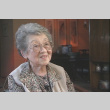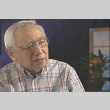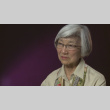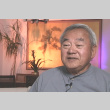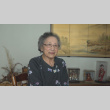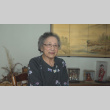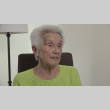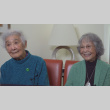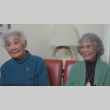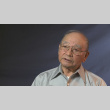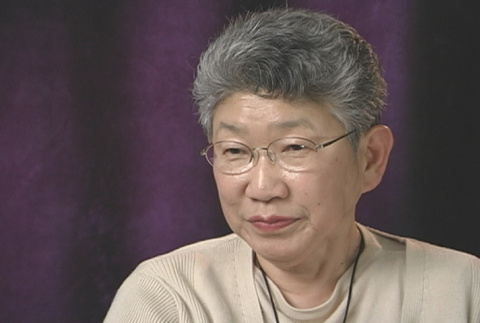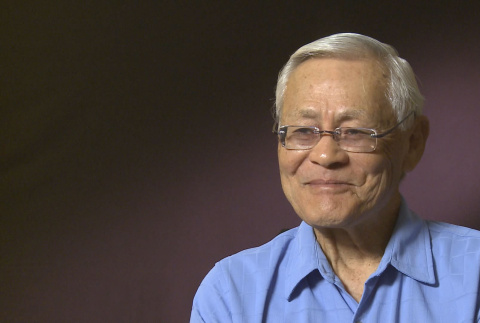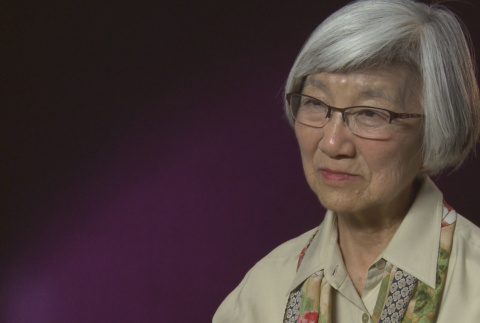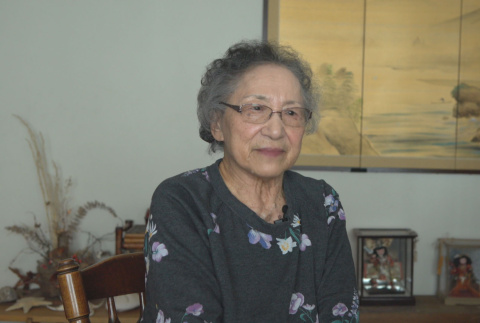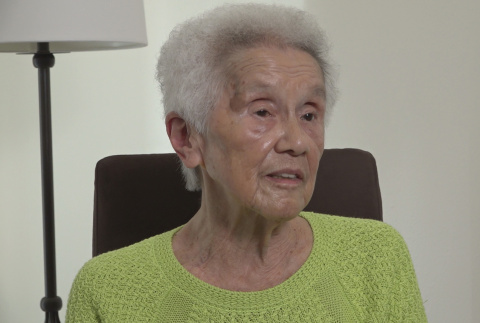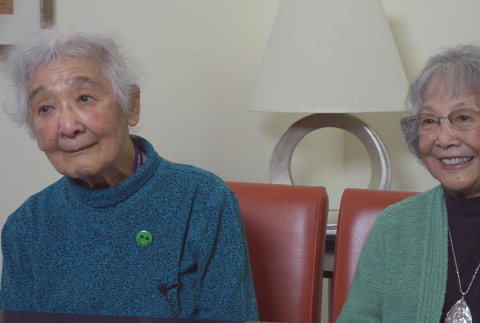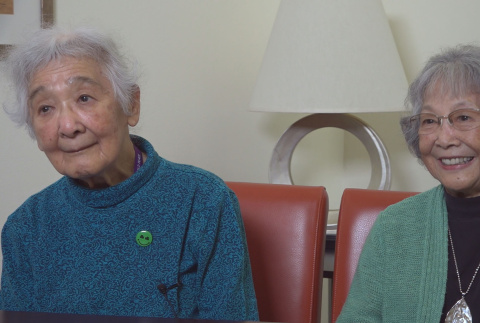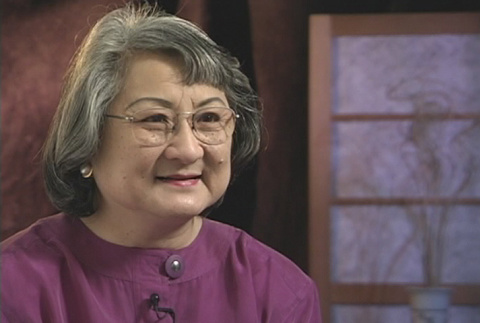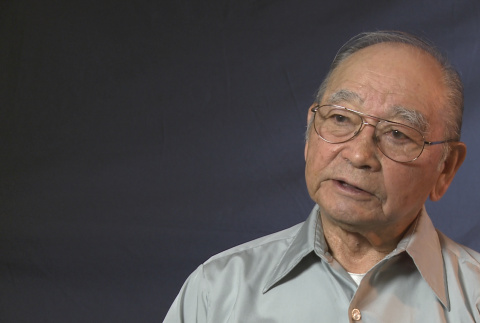Living conditions
The "assembly centers" were hastily erected quarters located throughout the West Coast at fairgrounds, racetracks and other similar facilities. Conditions at these locations were appalling. People were housed in animal stalls and barracks with communal bathrooms and mess halls. Privacy was next to nonexistent. Most families lived in a 20-by-20-foot room separated from the next "apartment" by wood partitions that did not reach the ceiling. Shortages of food and deplorable sanitation were common. Overcrowding, uncertainty, and stress created tension in the "assembly centers," even as the demoralized camp inmates tried to improve living conditions.
World War II
(231)
Temporary Assembly Centers
(231)
Living conditions
(389)
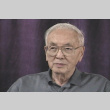
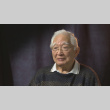
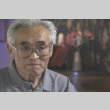
At the time this interview was taped, Mr. Watanabe was recovering from a recent series of cancer treatments.



This interview was conducted at the Voices of Japanese American Redress Conference, held on the UCLA campus and sponsored by the UCLA Asian American Studies Center and the UCLA School of Public Policy and Social Research. Because of the full conference schedule, …

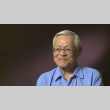
This material is based upon work assisted by a grant from the Department of the Interior, National Park Service. Any opinions, finding, and conclusions or recommendations expressed in this material are those of the author(s) and do not necessarily reflect the views of the Department of the Interior.
